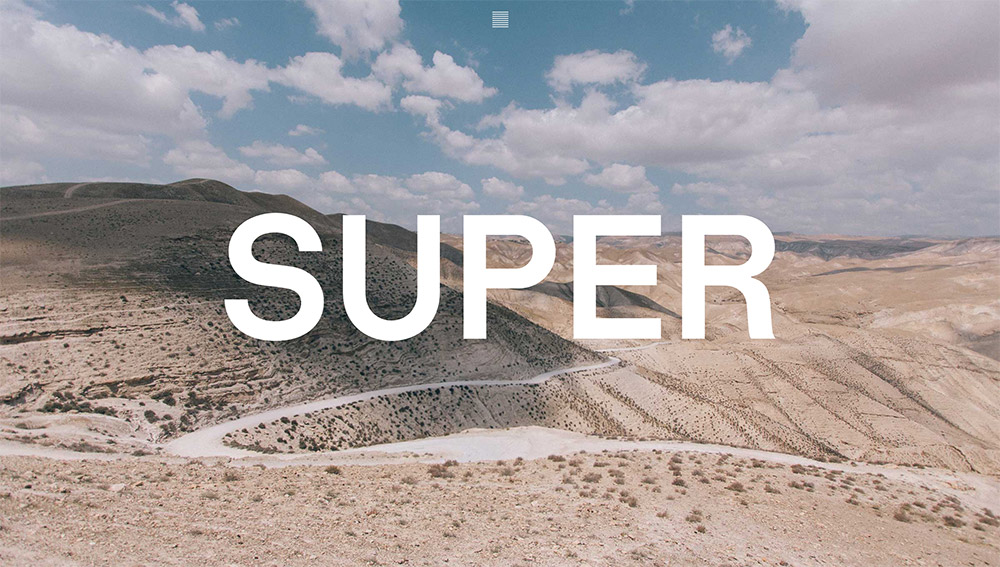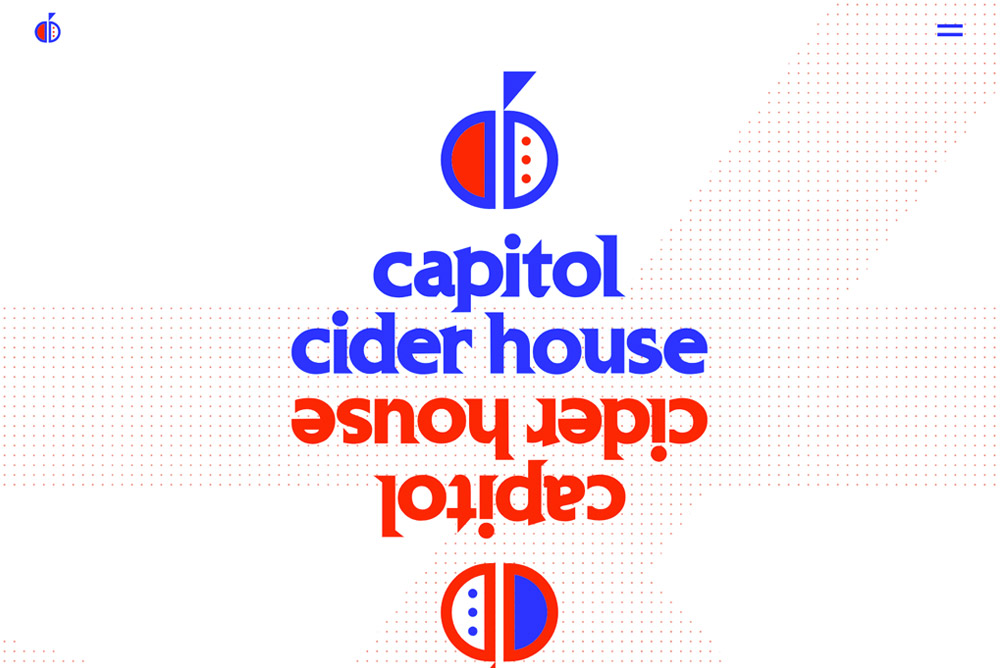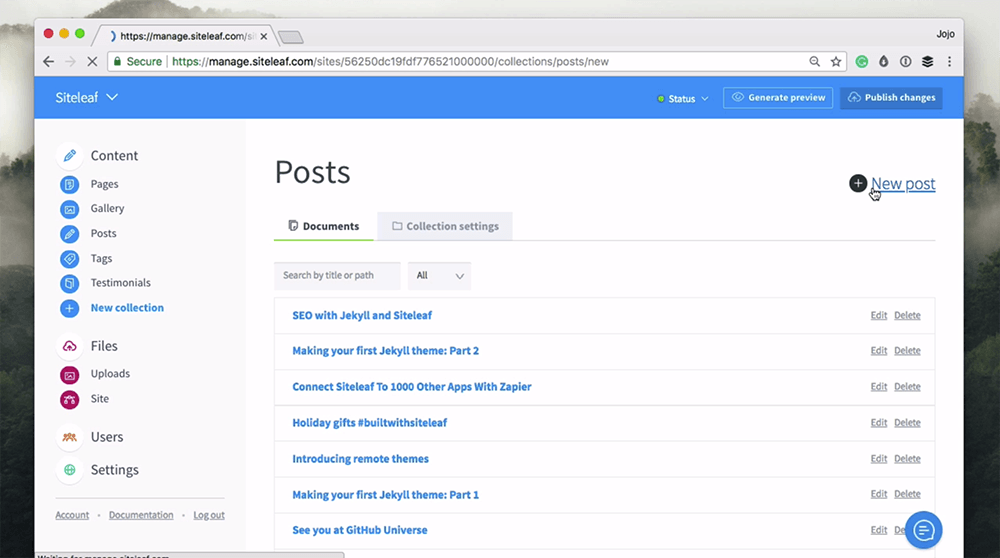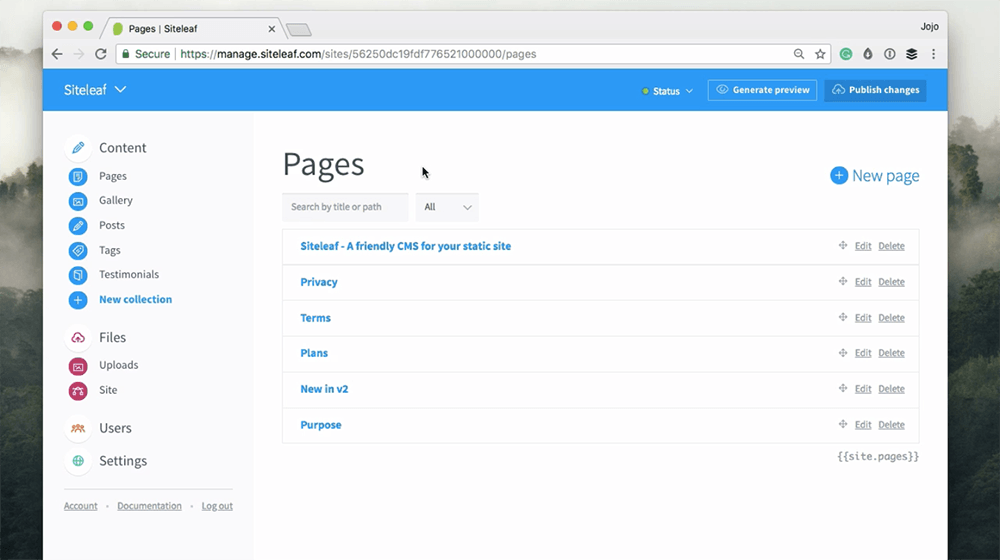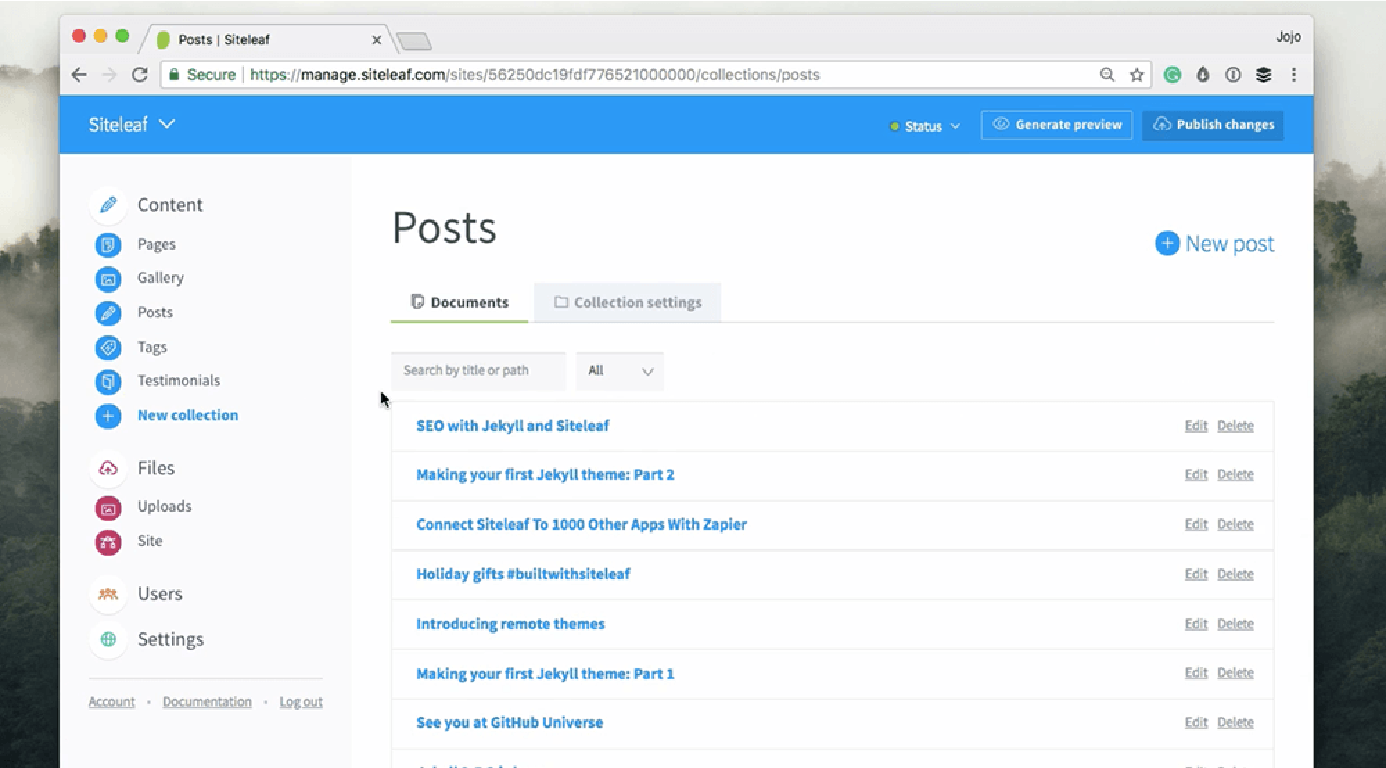Today we are officially launching our much requested affiliate program: Siteleaf VIP
We know a lot of our customers use Siteleaf with clients (and enjoy referring friends and colleagues), so we’re excited to say thanks and give back!
For every new user who signs up with your unique VIP link, you’ll earn a 30% commission for any paid sites they create. Depending on the plan chosen, you could earn over $1,000/year for a single referral — which recurs for as long as the site is active. For freelancers, this is a nice way to add a little recurring revenue to your income.
How it works
Sign up to create a unique referral link, and share this with your clients and colleagues. Feel free to add this link to your website footer and share it on social media. It looks something like this:
https://www.siteleaf.com/?via=yourname
You can link to any page on siteleaf.com by adding ?via=yourname to the end of the URL.
All you need to get started is a PayPal account, and you can keep track of your leads and conversions using the VIP dashboard at:
https://vip.siteleaf.com →
Thanks for using Siteleaf and continuing to spread the word!
